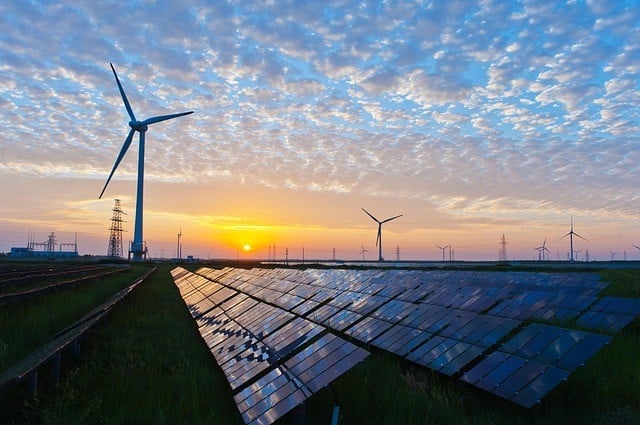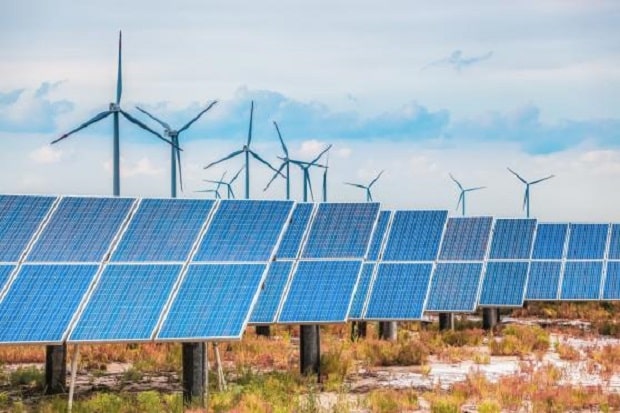Continuing to pursue solar and wind renewable energy options is Australia’s best bet when it comes to reducing emissions, a UK report has revealed.

A major report that analysed greenhouse gas emissions from 1990-2019 in the UK found that the uptake of solar and wind-powered energy sources had a direct correlation on drops in emissions from the energy sector.
The Department for Business, Energy & Industrial Strategy (BEIS) reported an eight per cent drop in emissions from the energy sector between 2018-19 alone, plus a massive 66 per cent drop in those emissions from 1990 to 2019.
Those time periods directly correlate with the uptake of solar and renewable wind projects in the UK, and the volume of emissions is set to fall even further as the UK uses more and more renewable energy. In 2020, renewable energy made up almost 50 per cent of the UK’s total energy usage, and that figure is set to rise even further in Australia.
The opportunity for Australia
One of the most significant parts of the UK report for Australia to consider is that the UK industry that has always held the title of producing the most emissions was the energy sector. For the first time, that has now dropped to second place with the transport industry now making the most emissions.
It is a major tipping point that shows that renewable energy adoption can reduce human-made emissions and help fight climate change.
Australian Energy Statistics showed that our renewables made up a record 21 per cent of our total energy requirements in 2019. This number is rising as more and more commercial and home projects come online.
That Australian Energy Statistics report highlighted 46 per cent growth in solar generation, while South Australia (50 per cent renewables share of total generation) and Tasmania (94 per cent) were leading the way.
As these figures continue to trend upwards, our emissions from the energy sector will continue to fall just like they have in the UK as longterm data used in the report has shown.

Major solar and wind projects coming to Australia
There are already two million Australians with solar panels on their roof, which rises every year. But it is the major, large-scale renewable energy production projects that will make the most significant difference.
There are significant plans in the Northern Territory for the world’s largest solar farm, which will also export renewable energy to Singapore, which does not have the available land space for these farms.
In South Australia, there is also a proposed project for a primary transmission line to New South Wales with companies lining up to establish wind and solar projects along this line to supply power to both states.
The number of projects proposed across Australia is set to include $19 billion in investment and will produce over 10GW of power to the country. It’s clear that big things are on the horizon.












































